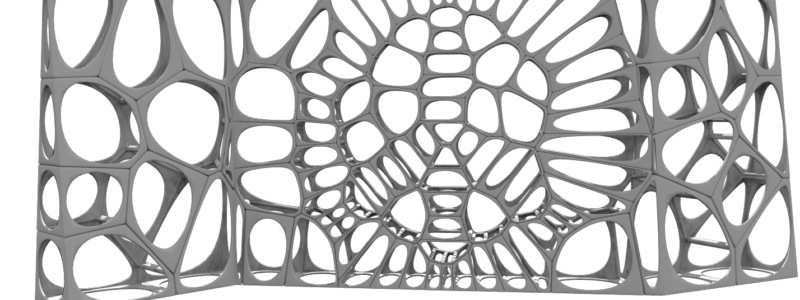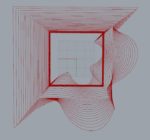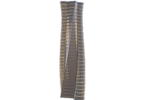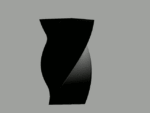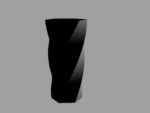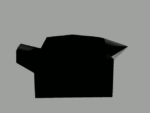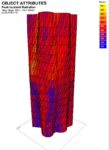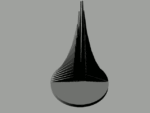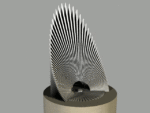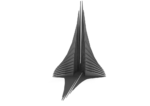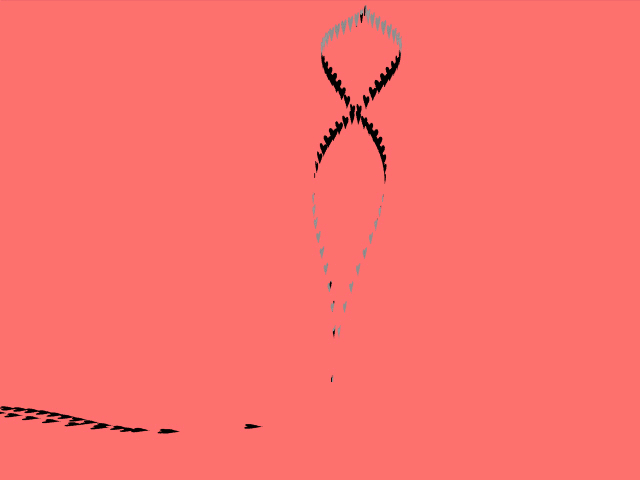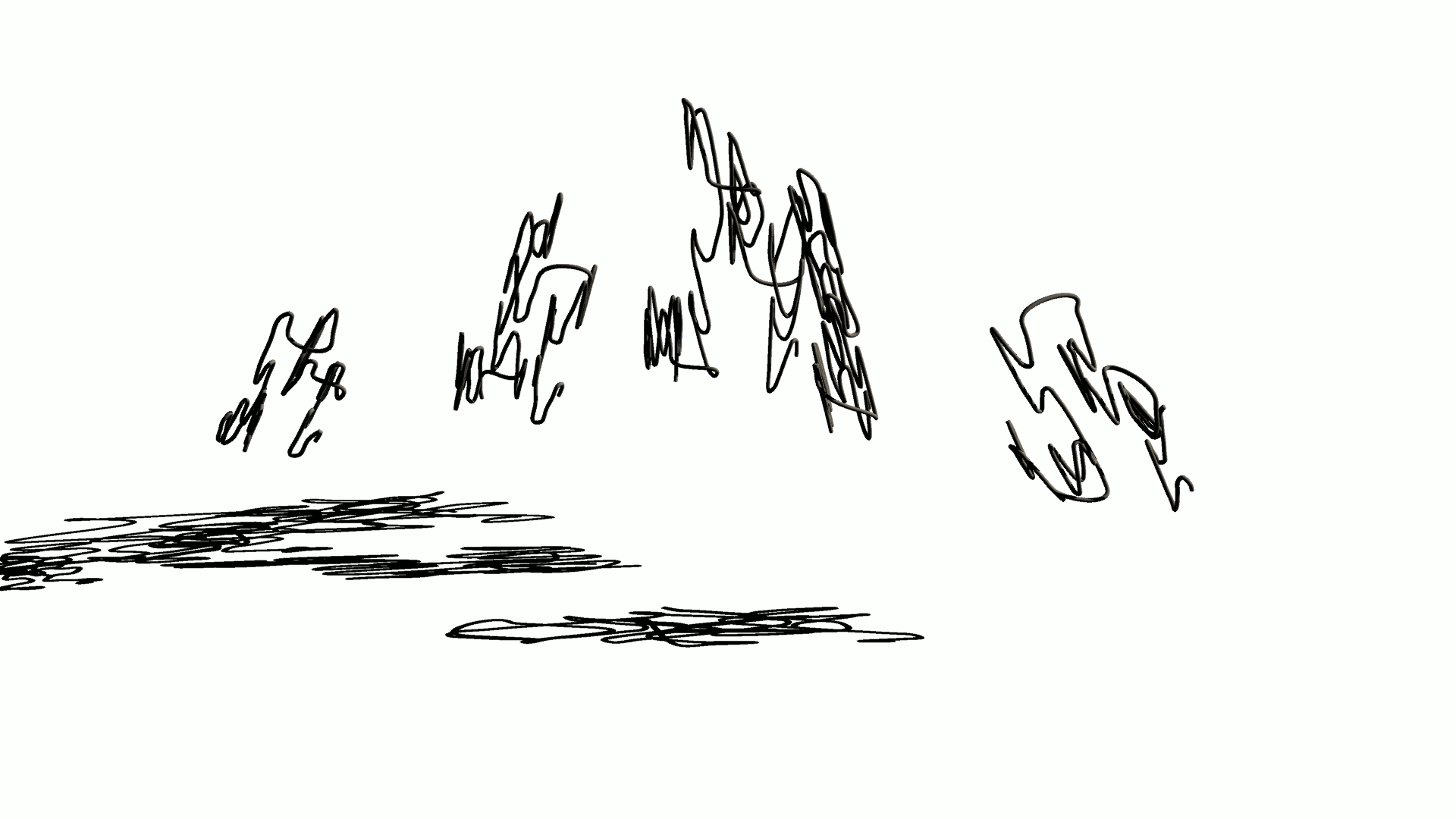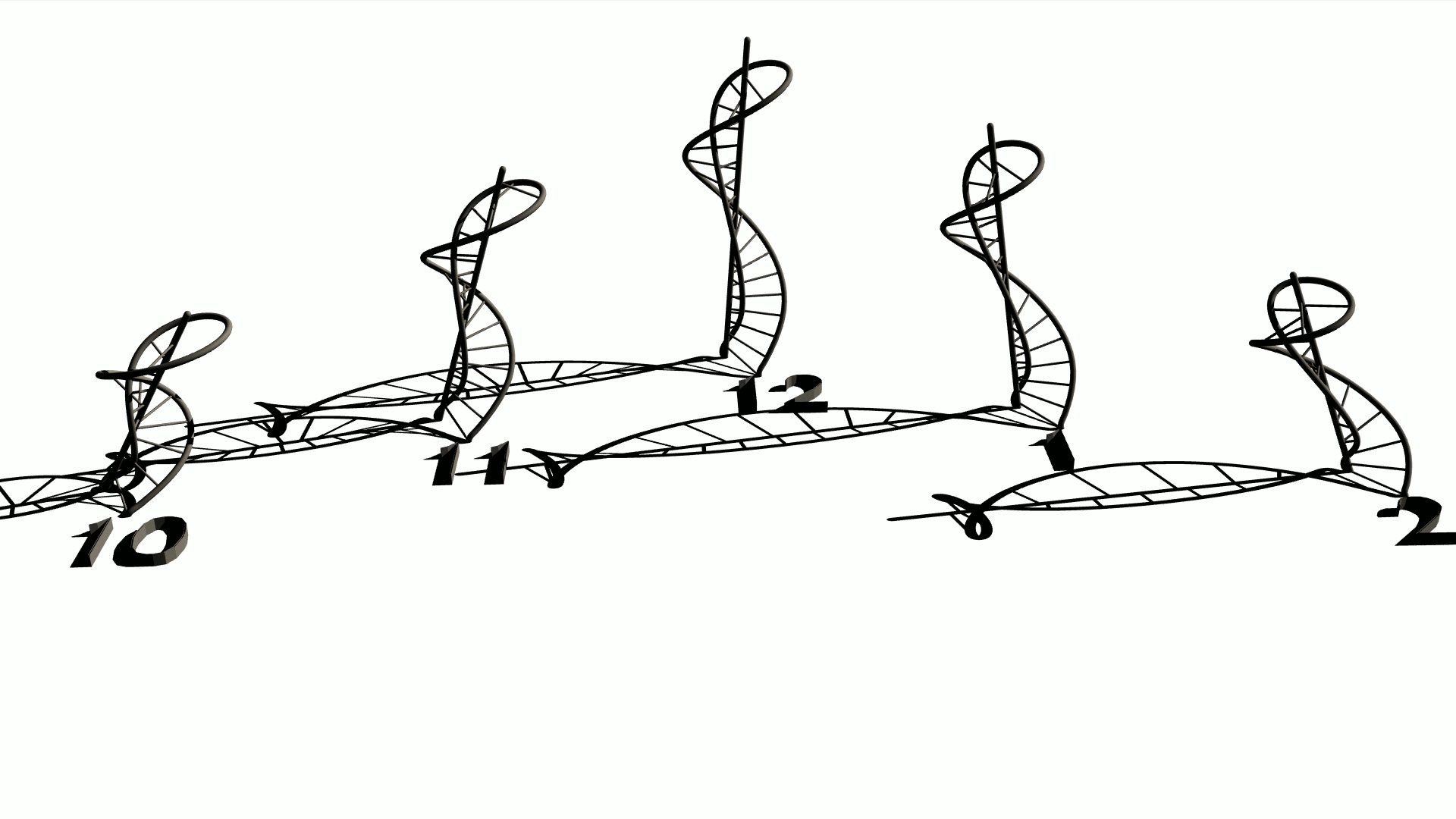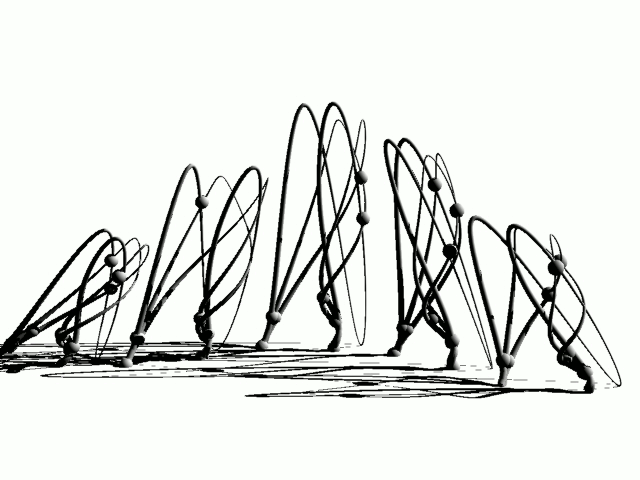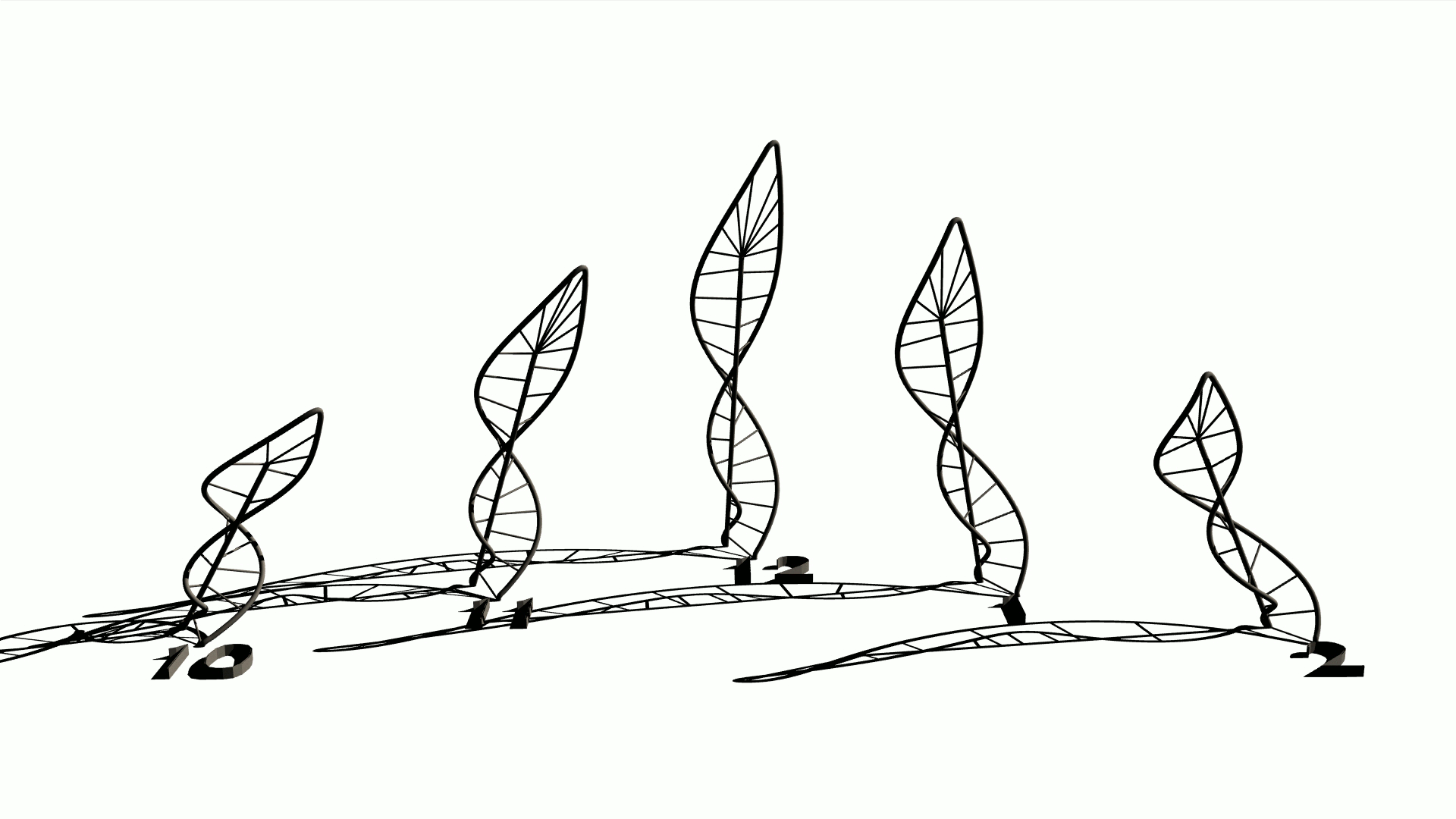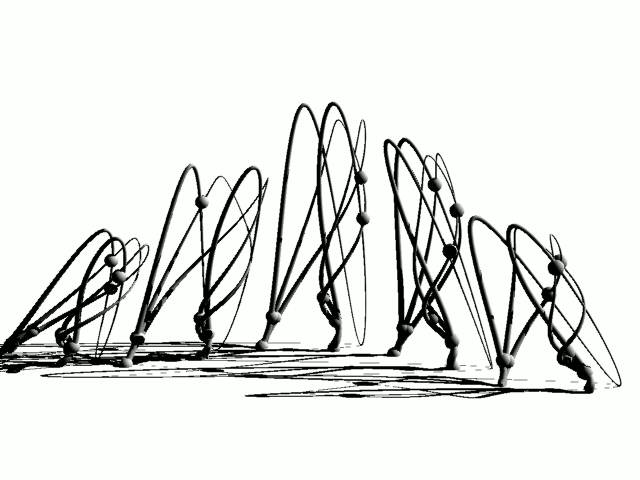Form through Functions
My work in Archbot is not yet the most visually appealing, since it is a pragmatic approach to packing orthogonal spaces with rectangles, but I am still most excited by the possibilities that such work might enable. Recently, however, I decided to explore more expressive designs. Having just moved to New York, I wanted to play around with some skyscraper designs. I used math functions, as well as audio inputs to generate the forms. Signal processing allows me to quantify and analyze audio, thereby giving me data to map to the model space in whatever way I choose.
A wonderful part of algorithmic modeling is that all of these were done over the course of a single day. The most difficult part was troubleshooting code in Processing to run without errors and without crashing. In that case, I was using code that took the Fourier Transform of an audio signal (essentially transforming a signal to the frequency domain), and combining it with code that sent data to be read in by Ghowl in Grasshopper. Once complete though, I was able to speak (or sing) into my microphone and change the building form in real-time. Although this is nothing new, as a designer I can bring creativity to how that data is expressed geometrically, weaving together interesting combinations.
This video shows it working, but at this point there isn’t much signature difference in form between the difference sounds. Hopefully I can discover translations of to geometry that capture the essence of the sound. If only I had synethesia, or some other way to experience senses.
I find this TED Radio Hour piece, Extrasensory, to be particularly relevant, but translating frequencies to a physical form in an elegant and pleasing way is still eluding. Not sure if I would want a Nicole Kidman design to easily be confused with a Prince Charles design.
Update:
Recent additions:
Solar Analysis
Using the plugin Geco I am able to send mesh objects over to Ecotect and receive metrics back into Rhino. Combining this with Galapagos allows me to connect to genes that modify the form and isolate metrics that make up a fitness number. In the following cases I assign genes to rotation and scale of the floor plates, and peak solar absorption from the sun, with Galapagos set to minimize fitness. Start with a square and then change to a hexagon. I am exploring more complex, yet still fairly simple, ways that I can manipulate meshes to converge to similar efficiency forms, and perhaps finding a balanced combination of absorption in June and December.
Sundials
The idea that a static structure could provide useful information in a changing world is fun to consider. In Indiana Jones and the Raiders of the Lost Ark, when the light from the sun, shining through a staff identified the location of the ark, I was enthralled with such a concept. There are many interesting sundials out there, but I would like to find new and interesting ways to convey information through shadow. Here are some of my initial attempts:
I like the idea of a shadow being cast, but I prefer the idea that light is allowed to pass through. I am trying that through small gaps, punched-out holes, or through translucent materials that can work like fiber optic cables, transporting light from one side to another. I want these sundials to approximate the time all year round, which has been one of the main difficulties, since the sun’s position wobbles in somewhat of a figure 8 in the sky. High precision is not really the goal, but general approximation.
Menger Sponge Fractals
Fractals have been central in nature by guiding plants and animals as they evolved. Shown below is the menger sponge fractal, rendered here at level 4.
